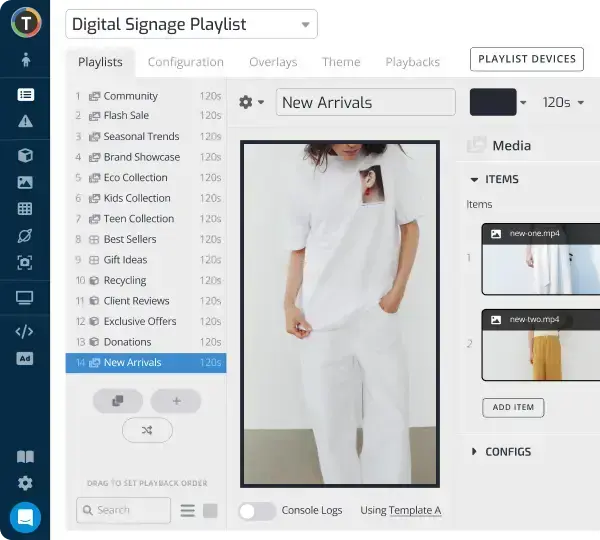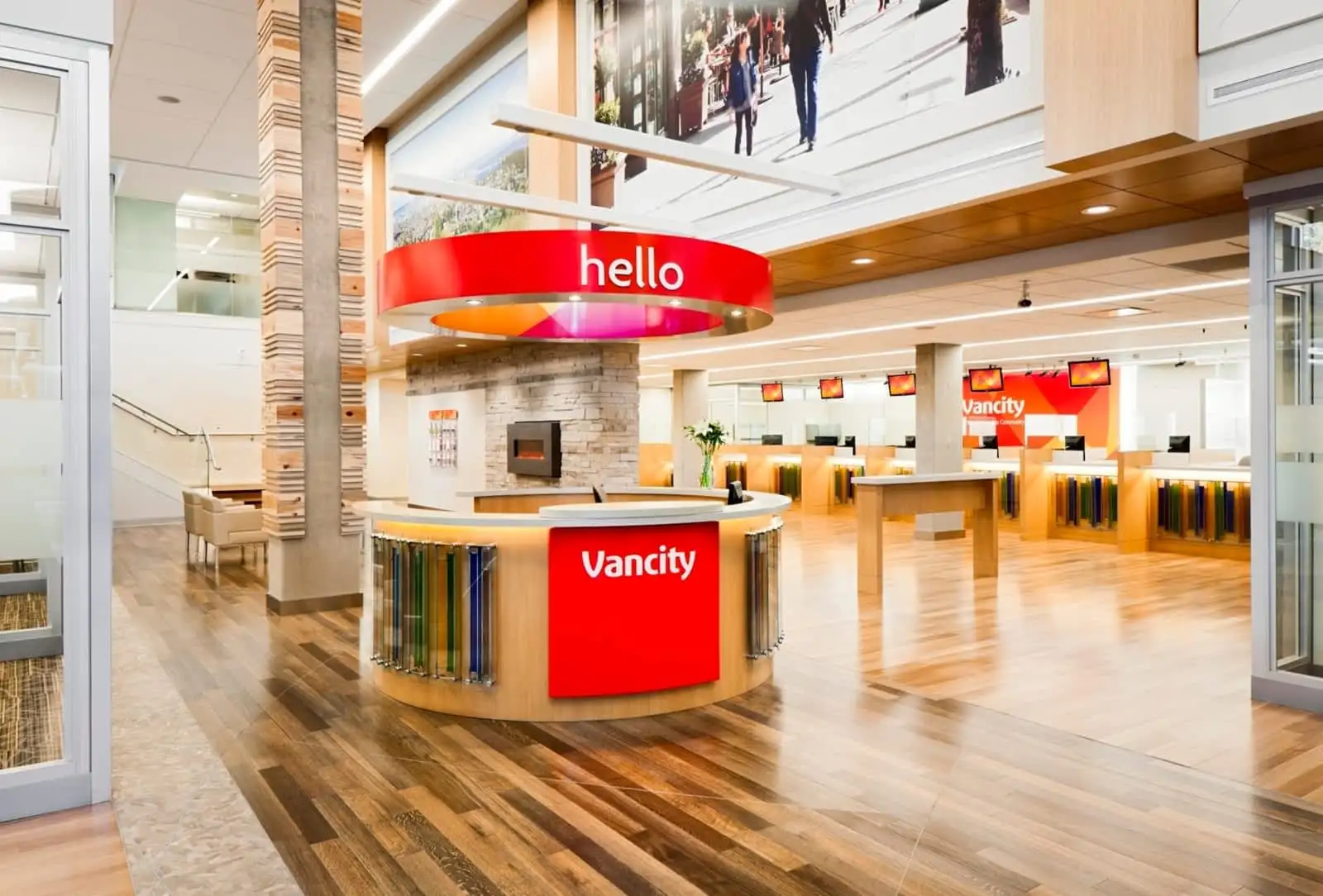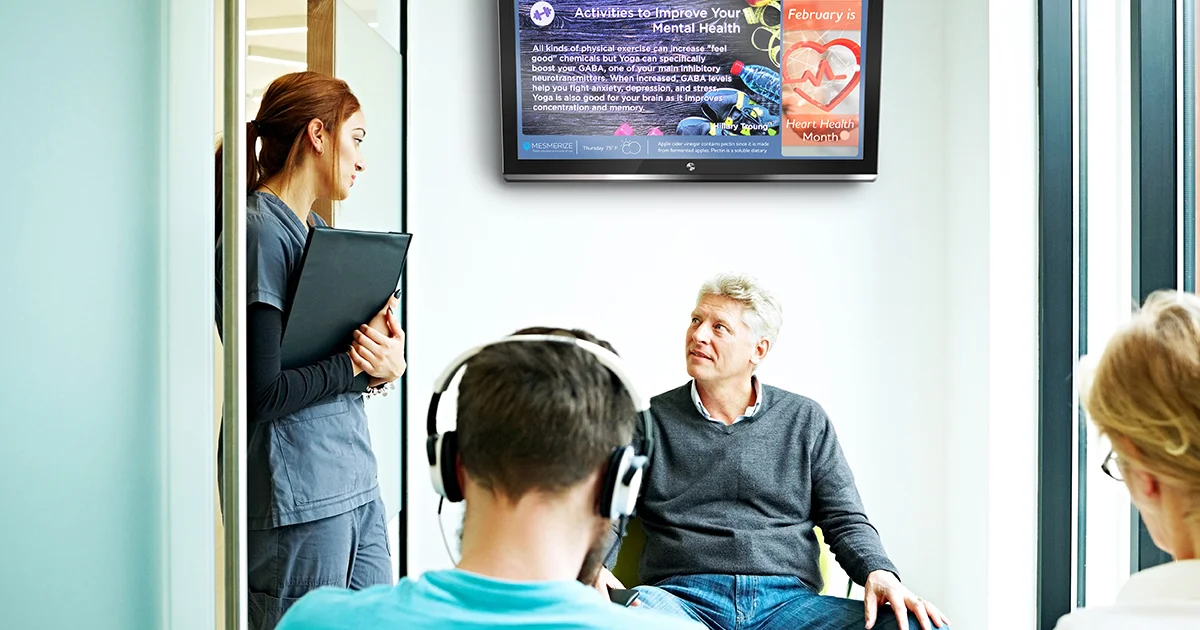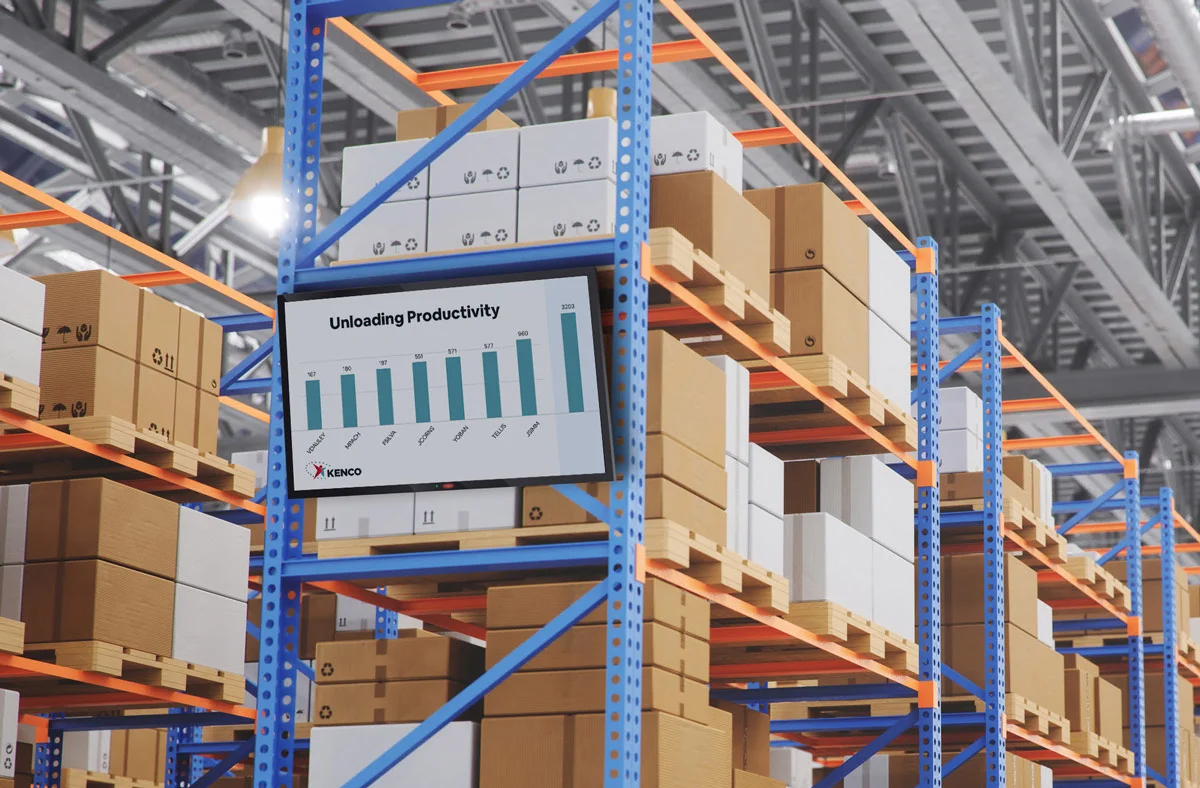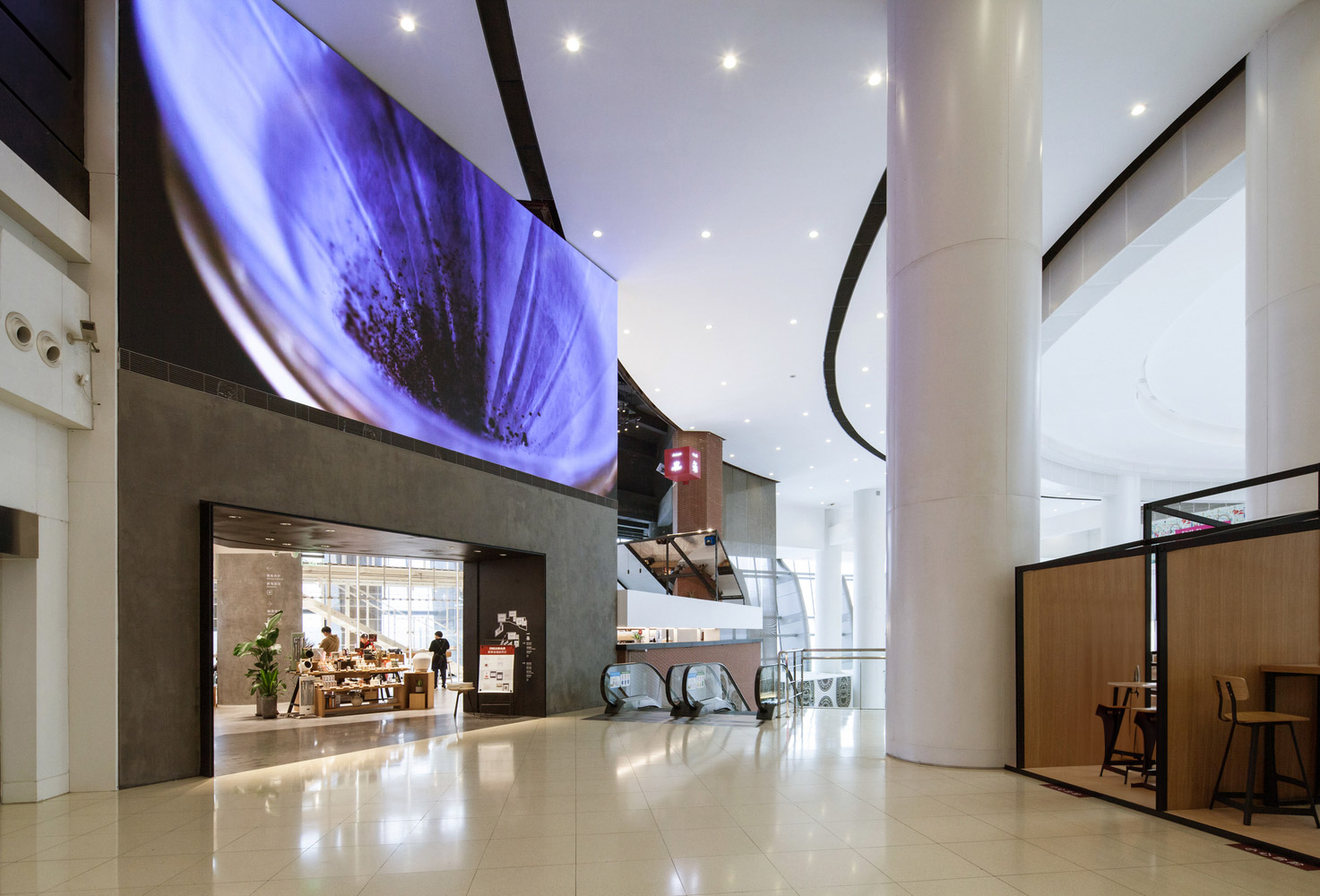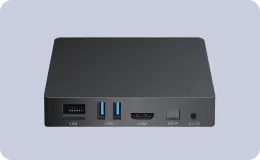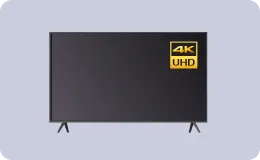Office TV Dashboards: A How-To Guide
WRITTEN BY: TelemetryTV, 02-21-2025
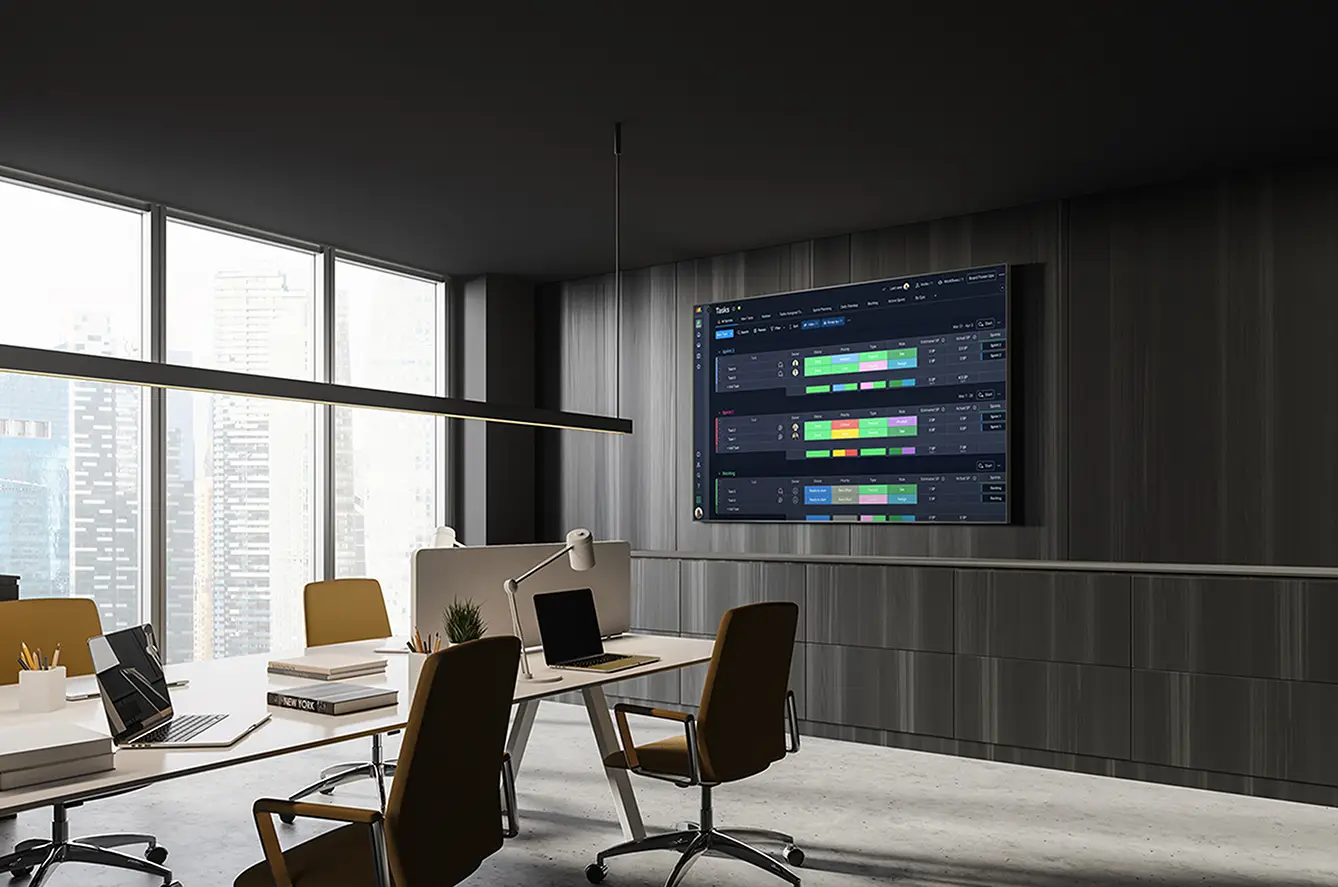
In modern workplaces, an office TV dashboard serves as a dynamic hub for corporate communications—broadcasting key metrics, announcements, and updates on large displays throughout an organization. Instead of static bulletin boards or cluttered email threads, companies can use real-time visuals to inform and engage employees. Businesses such as Boston Consulting Group (BCG), Starbucks’ Seattle office, and Amazon have embraced these dashboards, relying on TelemetryTV’s digital signage software to manage and scale their internal communications.
Below is a technical how-to guide on designing and deploying an office TV dashboard to improve transparency, boost employee engagement, and foster a data-driven culture.
Why an Office TV Dashboard Matters
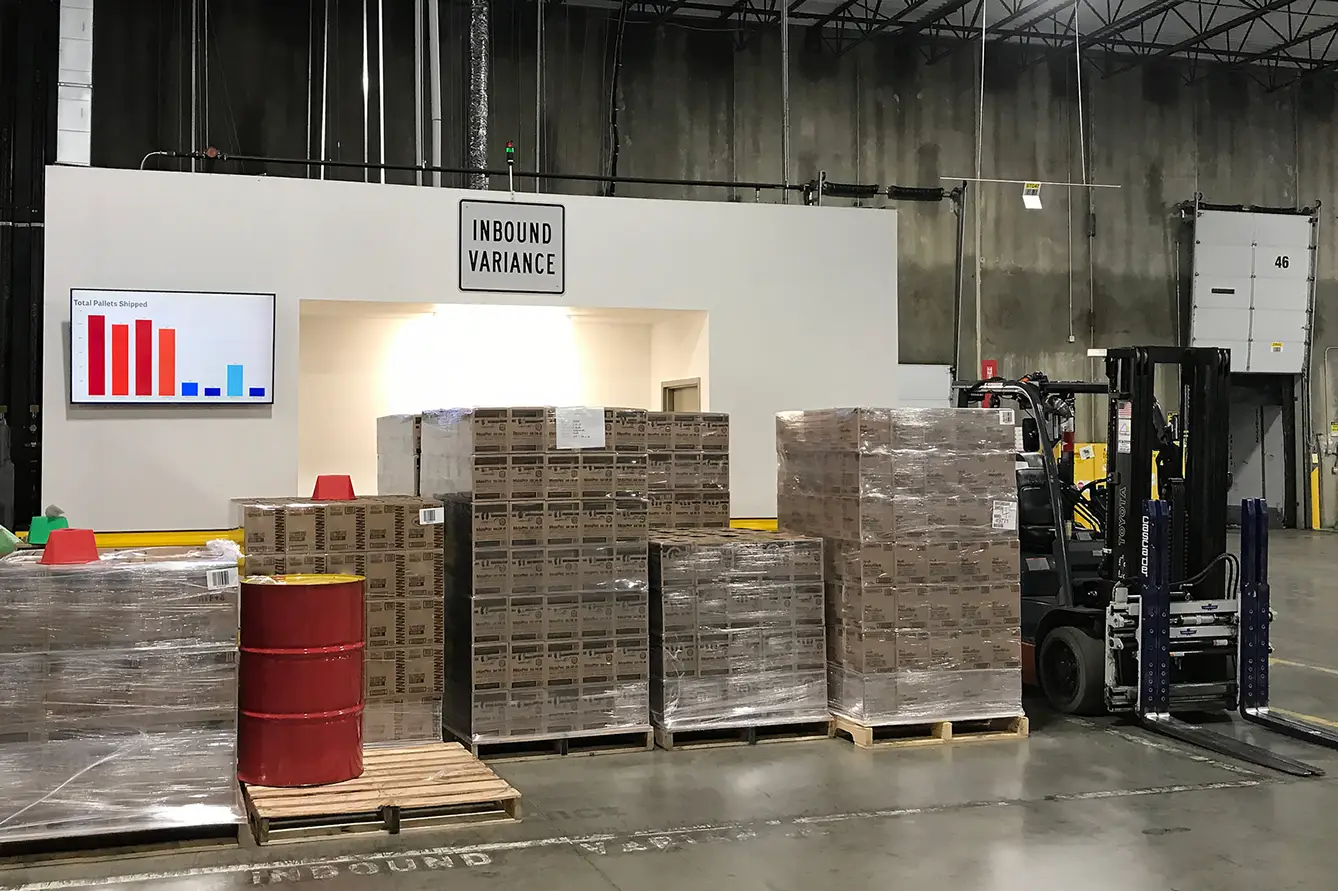
A well-executed office TV dashboard empowers employees to see how their work aligns with organizational goals. By displaying real-time data—such as sales figures, productivity metrics, or project statuses—teams can respond more quickly to emerging trends, bottlenecks, or critical tasks.
Organizations with 100+ employees often face communication silos. Dashboards unify disparate data sources in a single, highly visible location, raising collective awareness. For example, Kenco Logistics used TelemetryTV-powered dashboards to display inbound/outbound shipments and safety stats in real time. Visibility of these metrics helped them achieve a 30% increase in a key productivity indicator and reduce on-site incidents.
Step-by-Step Setup
Below is a concise approach to rolling out an office TV dashboard that unifies your company’s most important data.
1. Identify Core Content
Start by listing the data you want to showcase. Common corporate metrics include quarterly revenue, support ticket queues, or new product launch timelines. In manufacturing settings, production output, downtime logs, and safety alerts may take priority. Whatever the data set, ensure it’s both relevant and updated frequently.
2. Plan Your Hardware
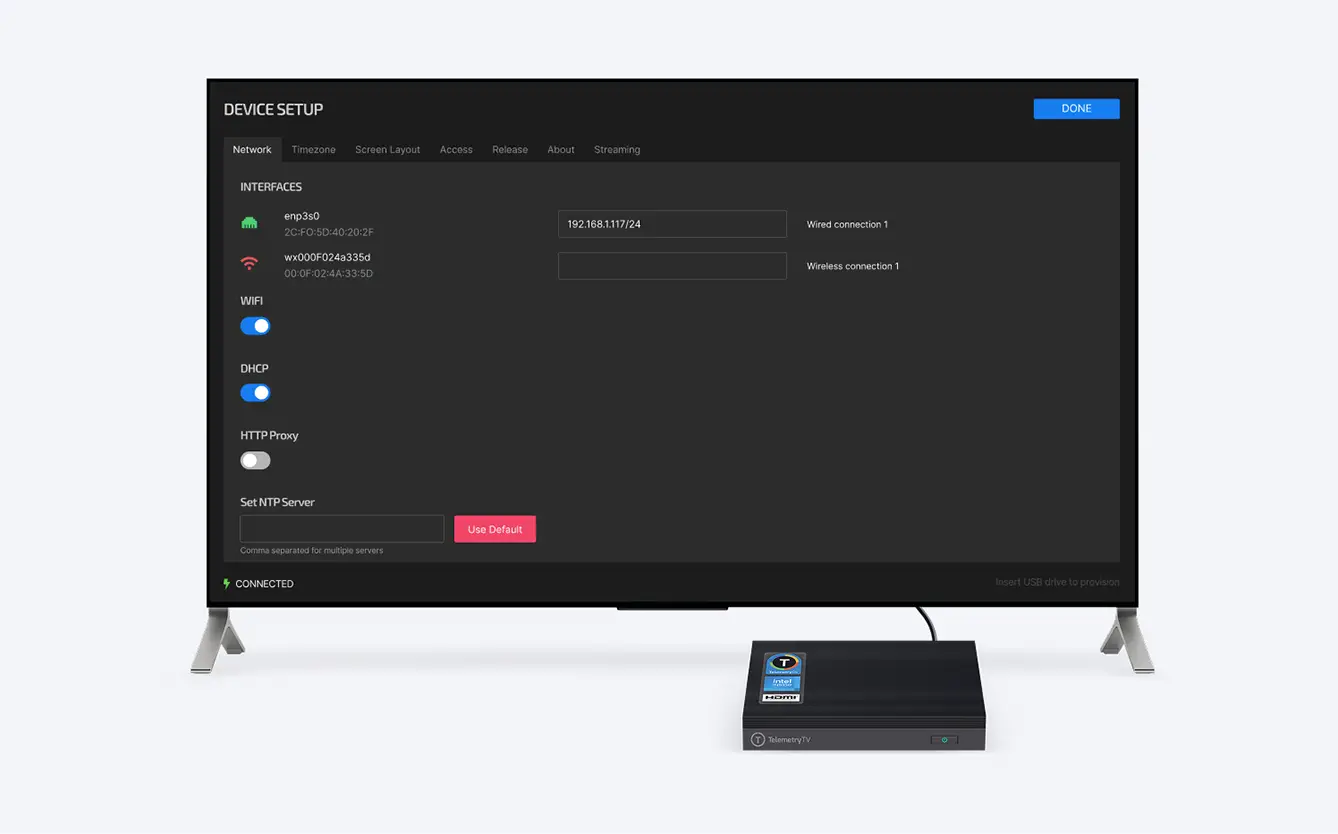
Choose commercial-grade displays that can operate continuously without overheating. Mount them in strategic, high-visibility areas—lobbies, break rooms, production floors—while avoiding excessive glare or obstructions. Next, select the media players or computing devices to run your digital signage software. TelemetryTV supports various hardware options, from small form-factor PCs to dedicated TelemetryOS devices.
3. Configure TelemetryTV
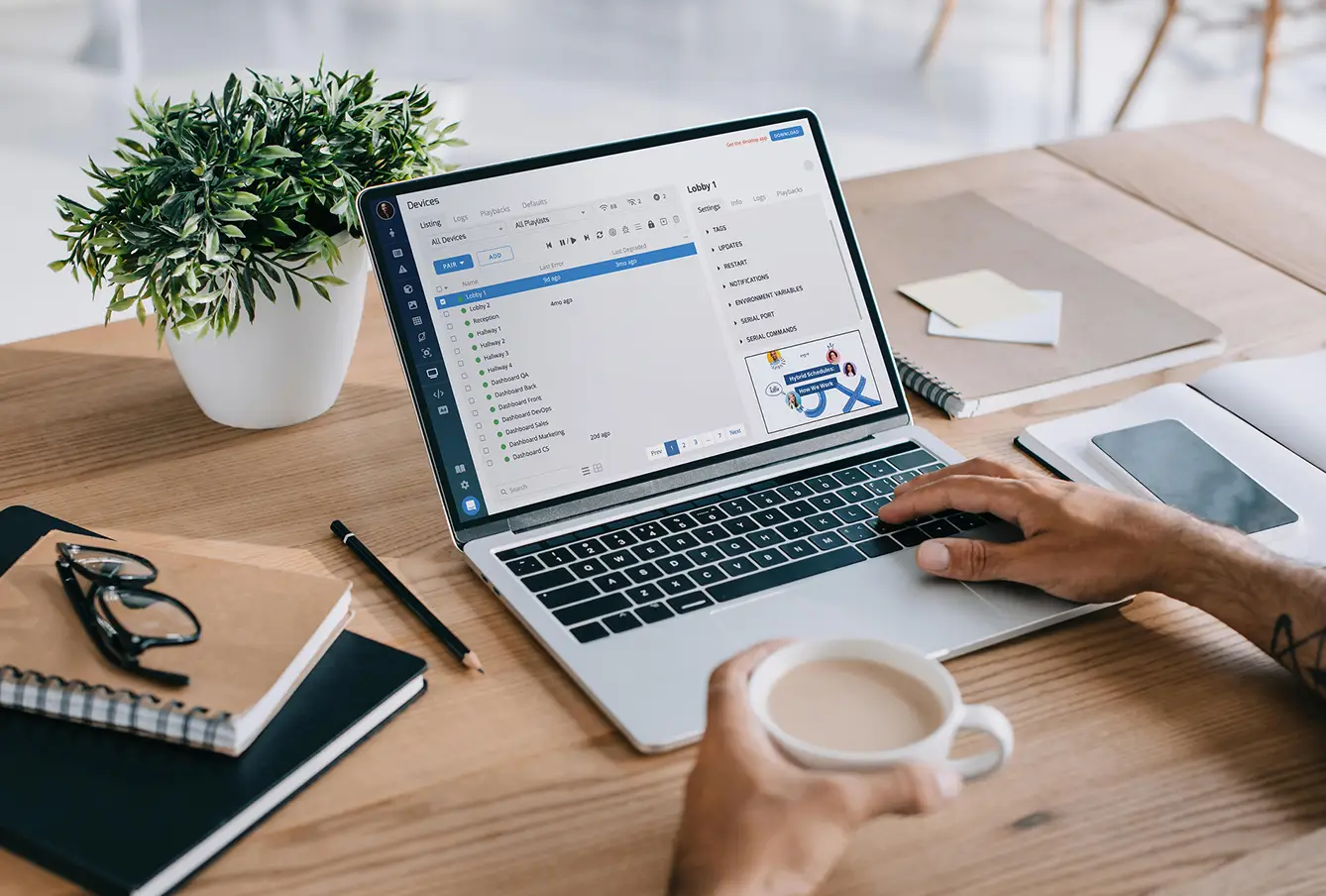
Start for Free to explore the TelemetryTV's dashboard capabilities. Once you’ve created an account, pair your media players by installing the TelemetryTV app and entering a unique code. From a cloud-based console, you can then manage content, schedules, and updates across all screens—whether you have a handful or hundreds of endpoints.
4. Create and Schedule Content
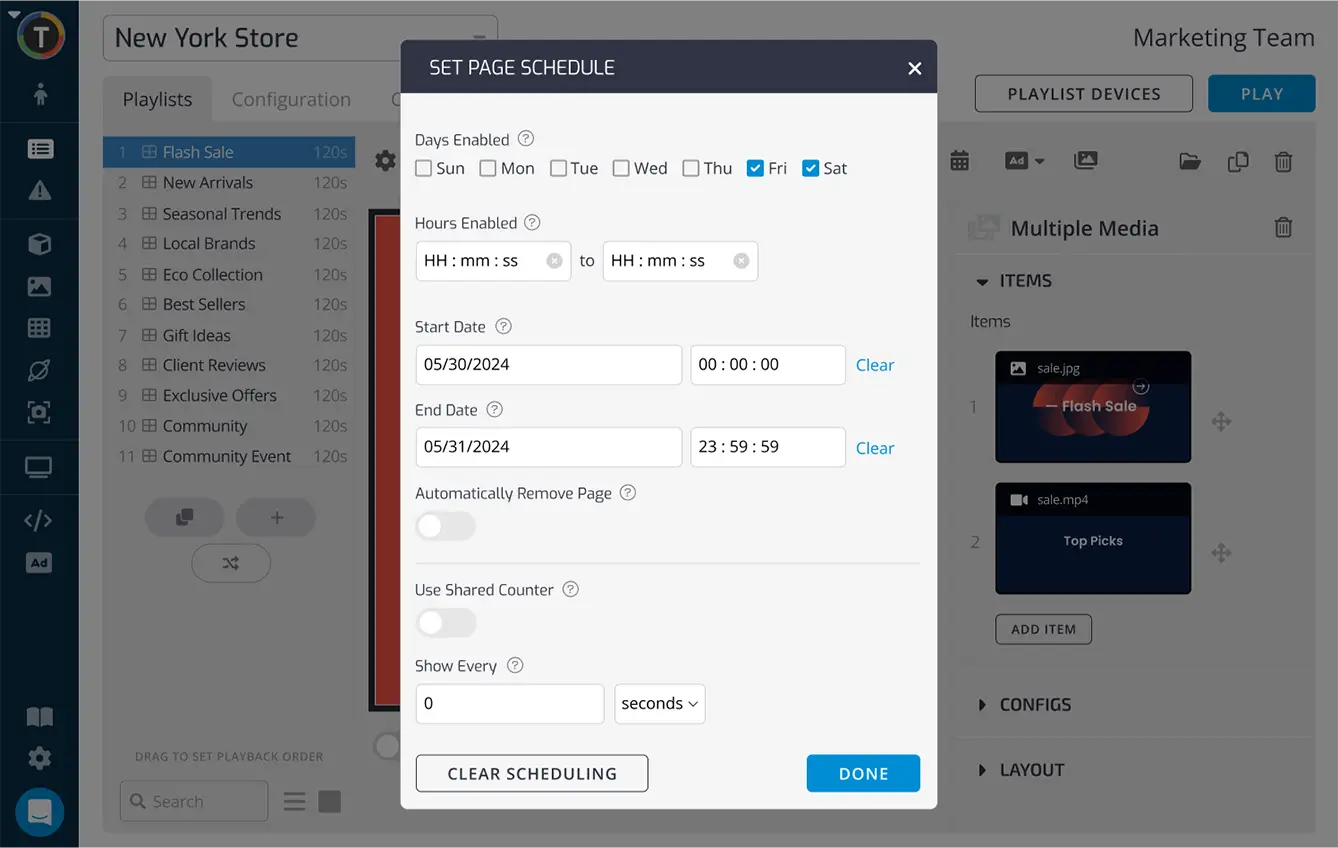
Inside TelemetryTV, build playlists that cycle through your chosen content. You might include a KPI slide, a real-time website capture, a company announcement, then rotate back to a performance chart. For design clarity, keep text large and high-contrast. TelemetryTV also provides built-in apps for social feeds, weather, or RSS news. Set schedules so that production metrics appear during shift changes, while HR announcements run mid-day.
5. Leverage Web Screenshots for Live Data
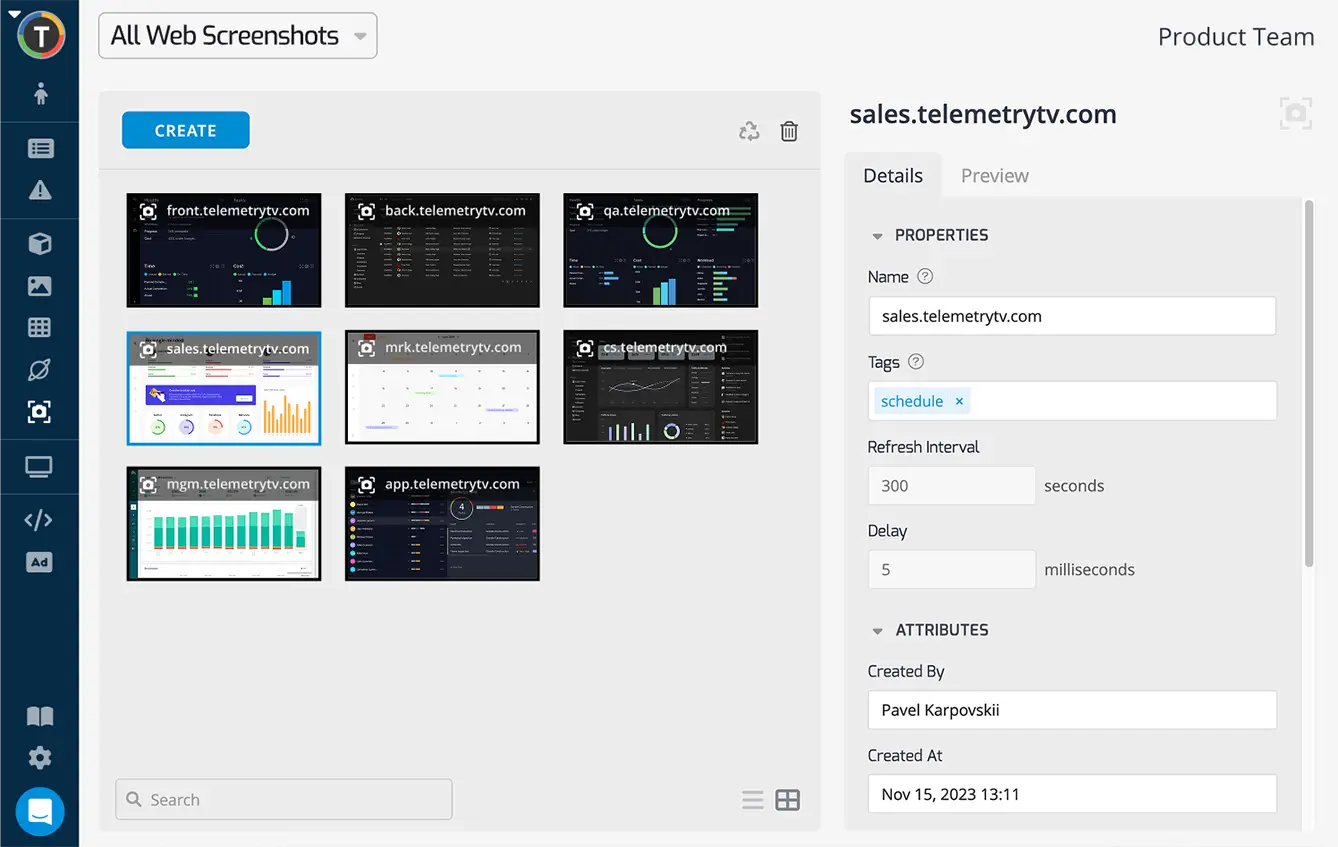
A distinguishing feature of TelemetryTV is Web Screenshots, which securely captures private dashboards or web apps, even those behind logins. With Web Screenshots documentation, you can automate sign-in steps on a local PC, which then streams snapshots to your displays. Credentials remain secure on-premise, while the images refresh at chosen intervals—allowing up-to-the-minute analytics (like Google Analytics or inventory dashboards) without manual updates.
6. Target Specific Locations
If you operate multiple offices, factories, or retail sites, TelemetryTV’s tagging system helps you tailor content. For instance, only the manufacturing floor might see operational metrics, while corporate headquarters sees executive dashboards. Tag-based rules make large-scale deployments more efficient and ensure each viewer sees the content most relevant to them.
7. Test and Monitor
Once your content is live, walk around to verify each screen is displaying as intended. Monitor device connectivity, and confirm dashboards update at the expected intervals. TelemetryTV’s console sends alerts if a screen goes offline. Solicit employee feedback—do they find the displays useful? Are any metrics unused? This iterative cycle will help refine your setup over time.
Use Cases Across Industries
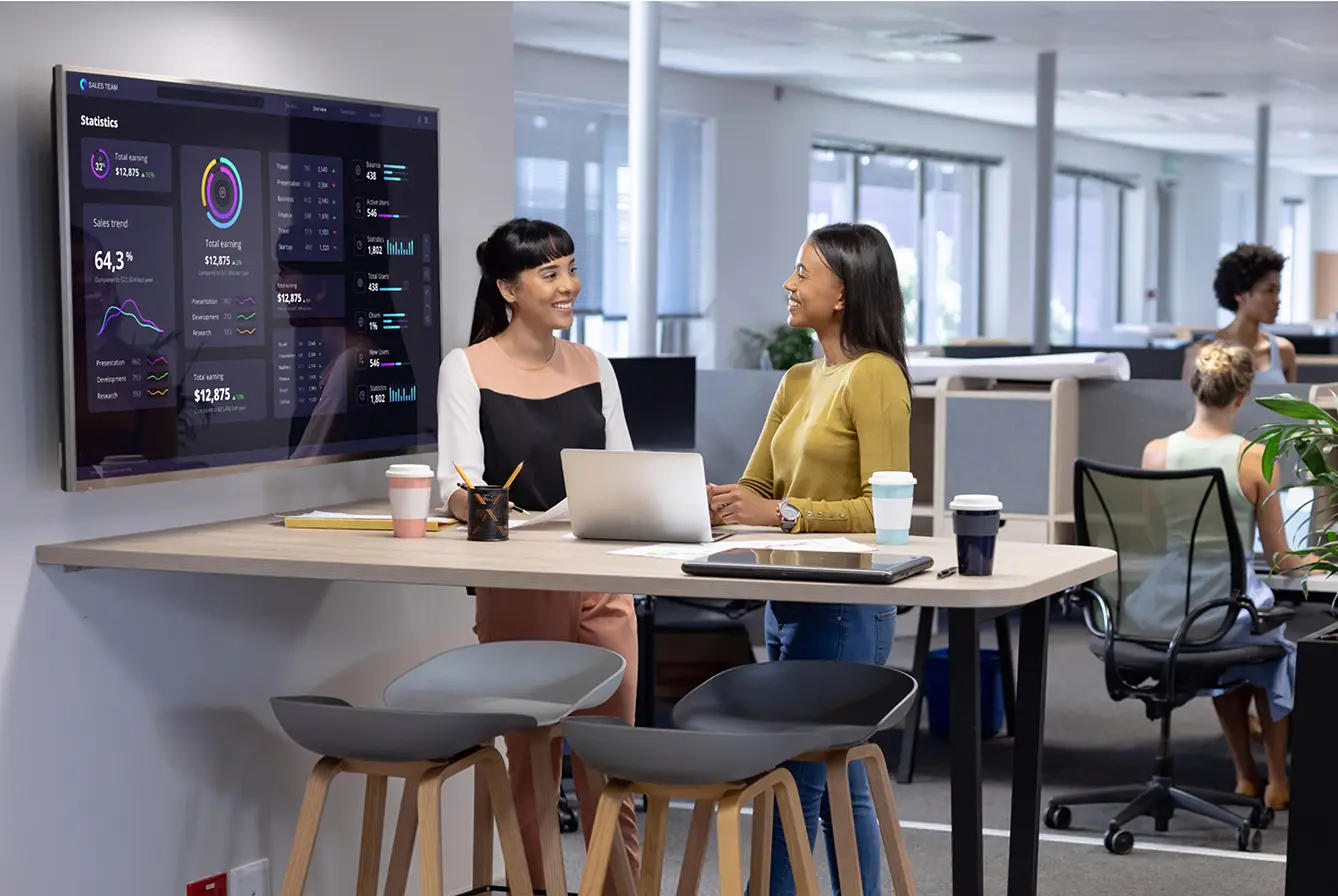
Office TV dashboards are flexible enough to enhance communications in a range of sectors.
Corporate Offices
Consulting firms like BCG broadcast live performance charts, project updates, and announcements on screens in break rooms or lobbies. At Starbucks’ Seattle office, TelemetryTV-powered dashboards show real-time sales trends and sustainability progress, uniting employees with retail-level insights. Amazon similarly deploys TV dashboards to scale internal data in both corporate settings and warehouses.
Manufacturing and Logistics
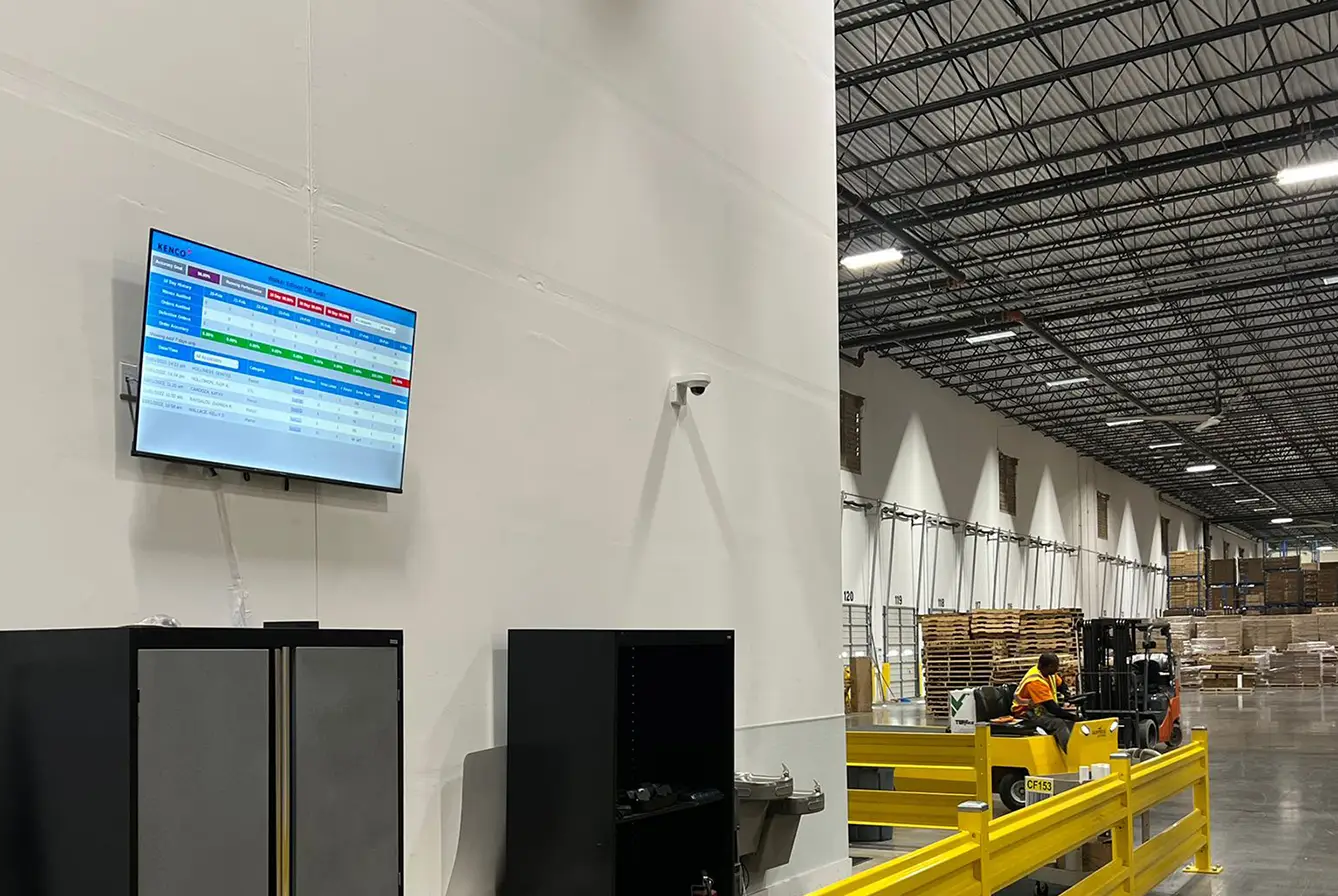
Kenco Logistics exemplifies how real-time dashboards can motivate workers on the floor. By connecting warehouse operations software, employees see inbound shipment counts, daily goals, and safety stats at a glance—leading to a documented boost in productivity.
Venues and Public Spaces
Large venues, universities, and sports arenas can also benefit. A stadium might monitor crowd flow analytics in a control room, while a college administration hall displays enrollment stats or emergency alerts. The principle remains the same: unify mission-critical data in one always-on hub.
Best Practices (and Common Pitfalls)
Implementing an office TV dashboard requires planning and consistent updates. Below is a quick reference chart:
| Best Practice | Why It Matters | Pitfall to Avoid |
|---|---|---|
| Focus on Relevance | Keeps employees interested and informed | Showing out-of-date or irrelevant stats |
| Design for Readability | Ensures quick comprehension from a distance | Tiny fonts or cluttered layouts |
| Use Dynamic Content | Encourages viewers to check the screen regularly | Endless static slides that blend into the background |
| Automate Secure Feeds (Web Screenshots) | Maintains real-time accuracy without exposing credentials | Manual updates that risk errors or missed refreshes |
| Review and Refresh | Prevents stale messaging and fosters continuous improvement | “Set it and forget it” leading to outdated displays |
Conclusion and Next Steps
Done right, an office TV dashboard becomes a real-time pulse of the organization. Corporate teams see how quarterly targets are trending, warehouse employees track daily throughput, and everyone benefits from consistent messaging. TelemetryTV’s digital signage software provides robust security, scalable management, and the powerful Web Screenshots feature for live data feeds.
By embracing these dashboards, companies can replace communication silos with dynamic transparency—whether they operate out of a single headquarters or across multiple locations. TelemetryTV’s cloud-based platform offers an accessible starting point for any business looking to pilot a modern digital signage system.
Unify Teams with an Office TV Dashboard Powered by TelemetryTV
Ready to explore the possibilities? With the right planning, content strategy, and TelemetryTV’s digital signage software, an office TV dashboard can unify teams, clarify priorities, and spark real engagement across your company.
Start for Free